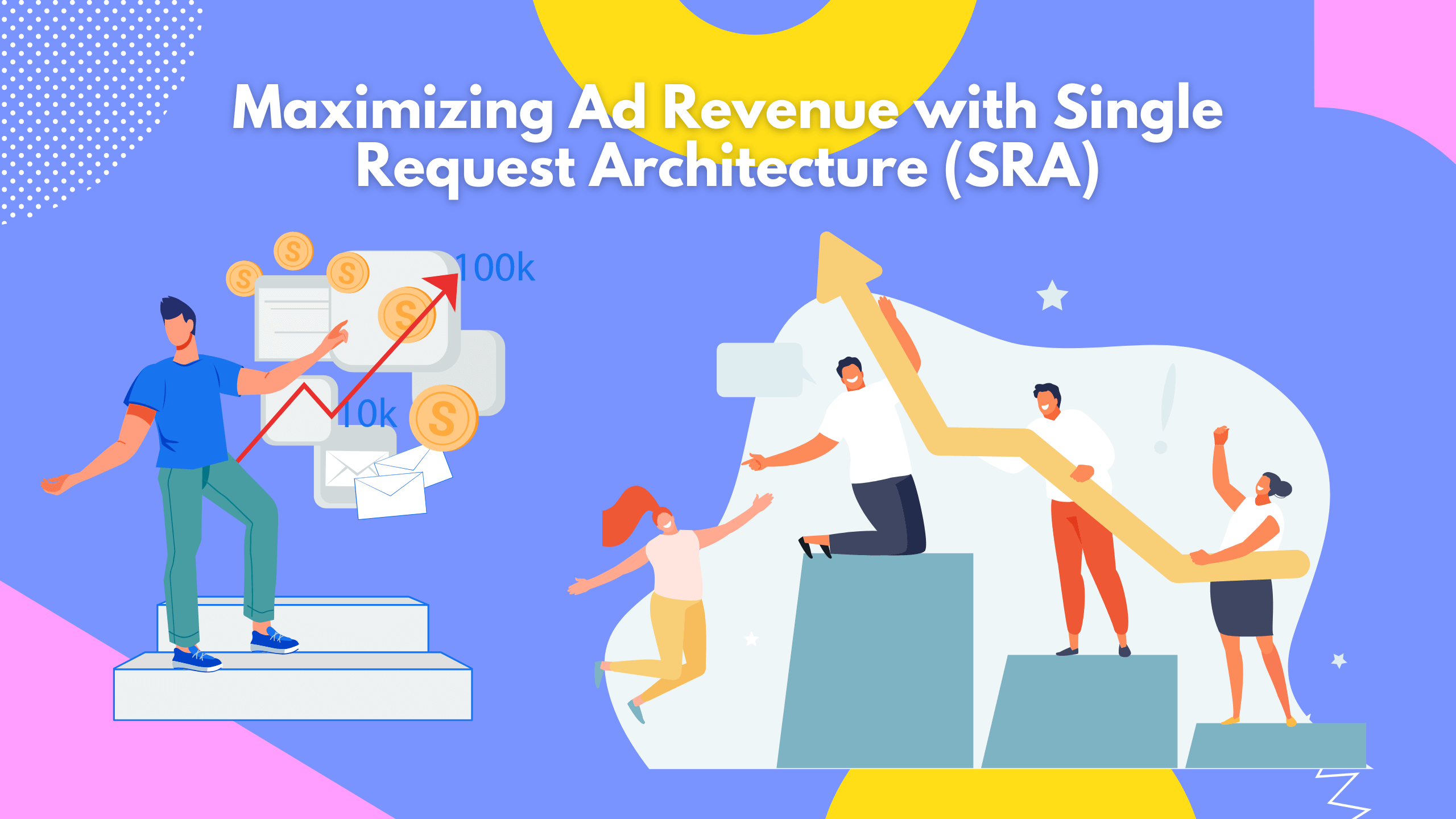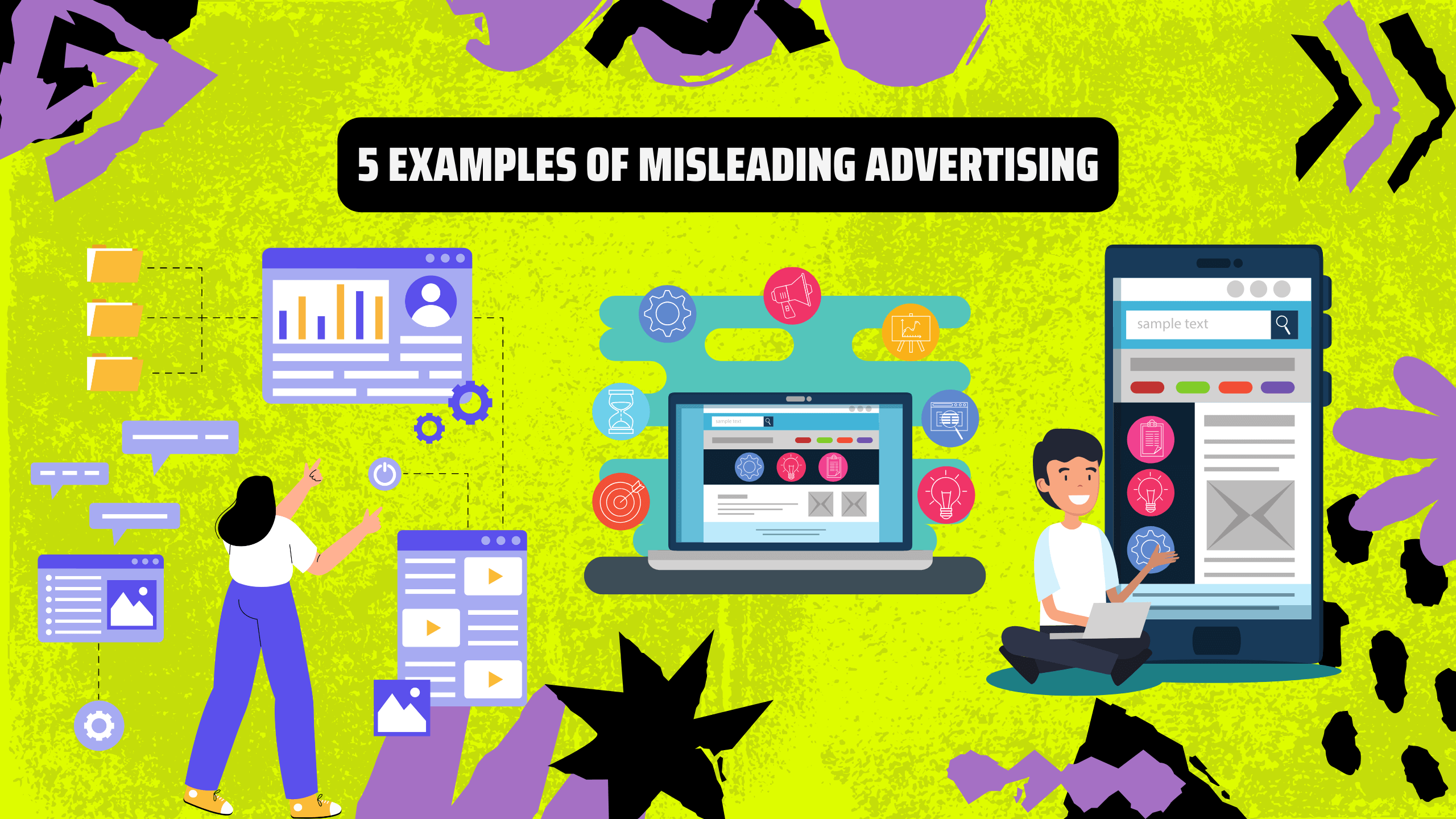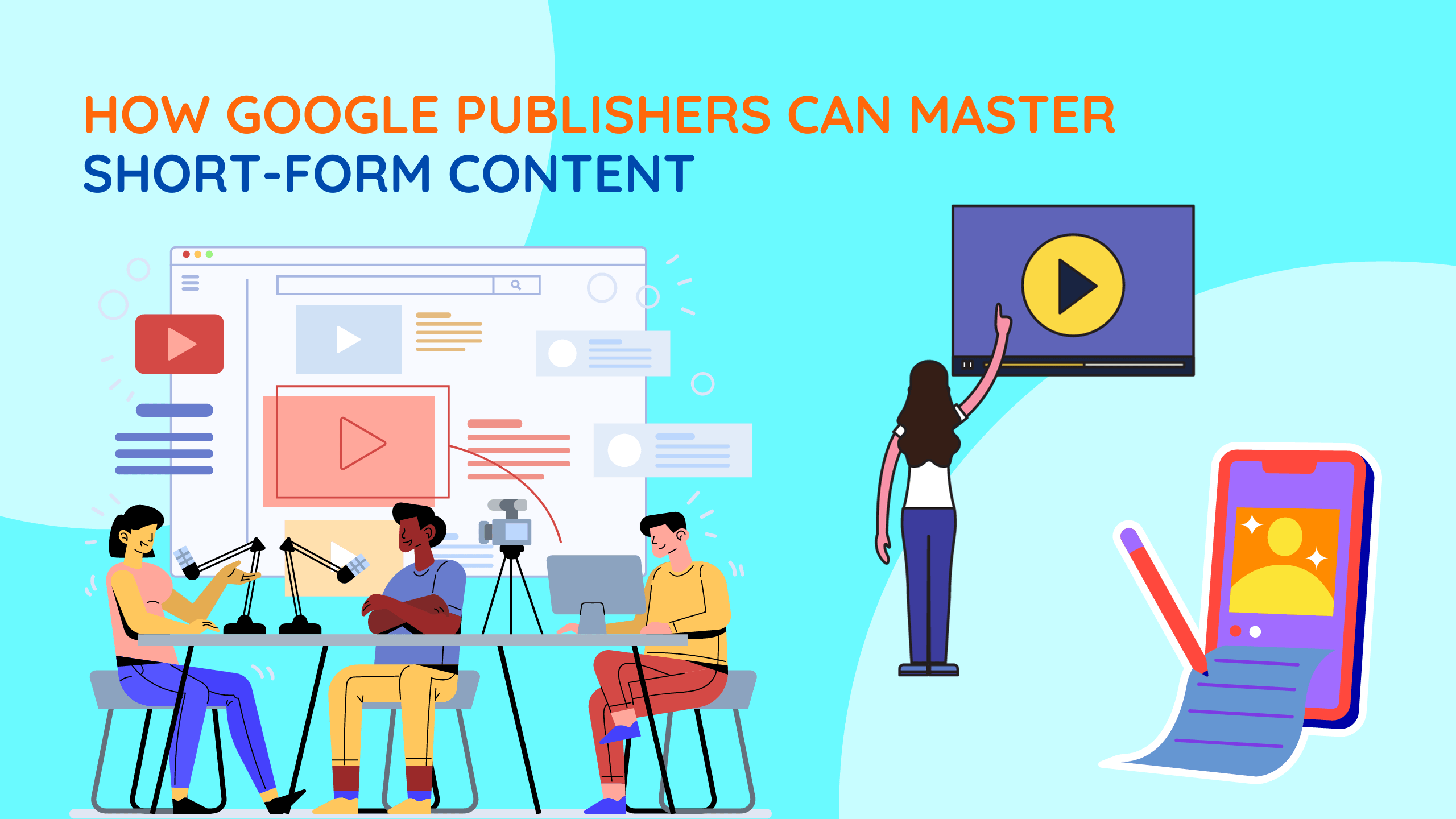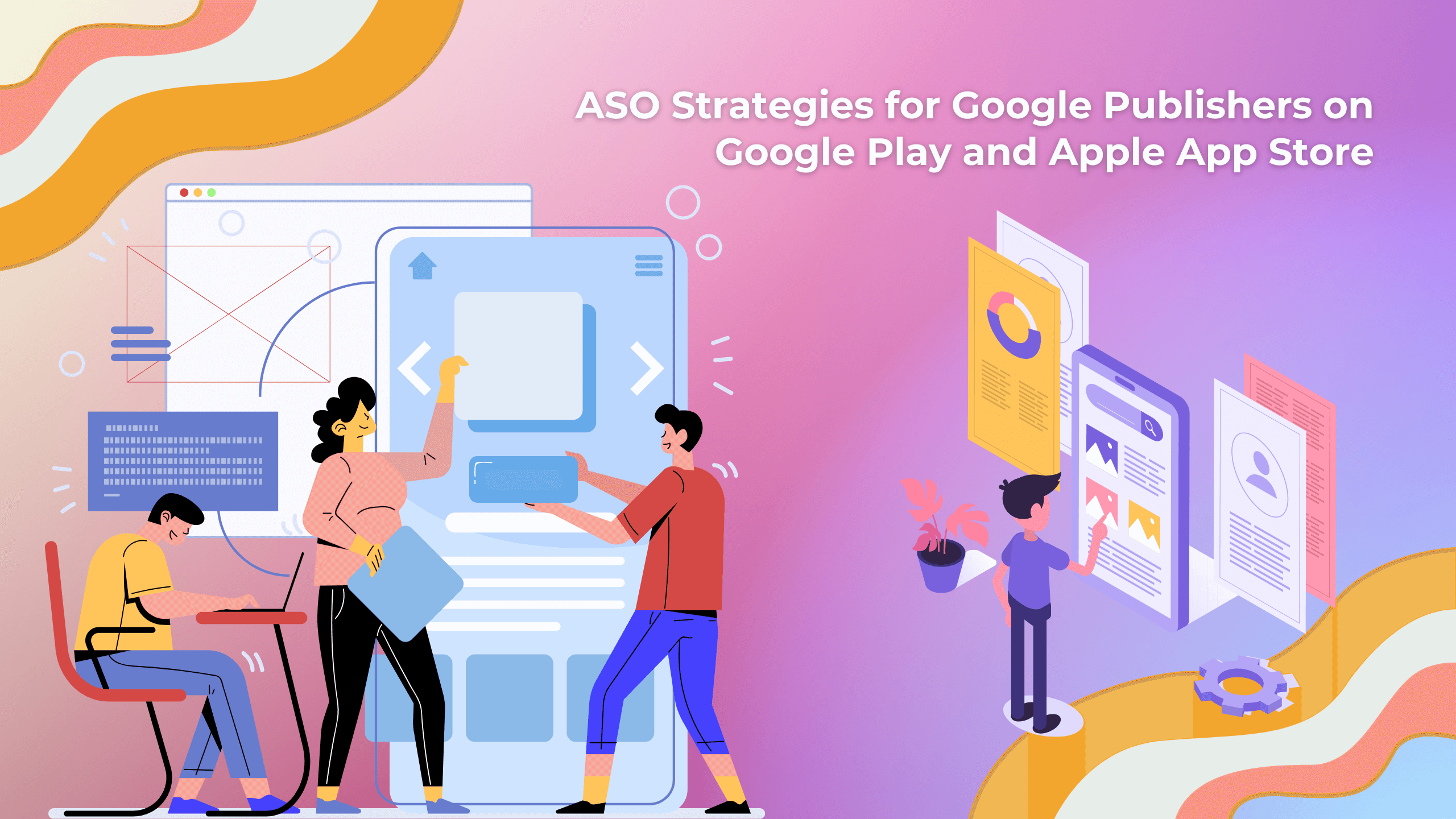Google Publishers are always looking for new and creative methods to increase their ad income in the cutthroat world of digital advertising. One tactic that is becoming more and more common is the usage of Single Request Architecture (SRA), a technology that has the potential to boost productivity, enhance user experience, and ultimately generate income.
What is SRA?
SRA stands for a simplified method of ad delivery in which all participating networks and ad exchanges get a single ad request at the same time. In contrast, separate requests are sent to each platform one after the other in standard header bidding, which might cause delays and perhaps lower income.
Benefits of SRA for Google Publishers:
- Enhanced Yield: SRA creates a more competitive auction by collecting bids from all partners at the same time. This might result in higher CPMs (cost per thousand impressions) and overall ad income.
- Decreased Latency: SRA drastically cuts down on page load times by doing away with the necessity for many consecutive queries. This enhances user experience and may even increase ad viewability.
- Enhanced User Engagement: Increased ad interactions and conversions can result from faster loading times and a less crowded ad experience, which helps raise user engagement.

- Improved Data Insights: SRA gives publishers access to more comprehensive data on ad performance, allowing them to plan their ads more effectively and make well-informed decisions.
- Simplified Integration: Compared to standard header bidding configurations, SRA frequently needs fewer complicated integrations, which cuts down on the amount of time and resources needed for deployment.
- Greater Control: Within the SRA framework, publishers may give higher-performing partners priority and have more influence over the ad bidding process.
- SRA implementation: Careful thought and preparation are necessary for an efficient SRA implementation.
The main stages involved:
1. Select an SRA Partner:
Selecting the appropriate SRA partner is essential to a Single Request Architecture (SRA) deployment’s success. Take into account elements like their technological knowledge and competence, the calibre of their customer service, and their dedication to data security. Choosing a trustworthy partner maximizes your chances of success with SRA by laying the groundwork for a seamless installation and continued assistance.
2. Configure Ad Server:
A successful installation depends on your ad server and the SRA solution you have selected being integrated. Prebid rules definition, targeting configuration, and ad unit setup may all be part of this procedure. Ad server configuration plays a crucial role in facilitating data interchange and communication between your ad inventory and the SRA platform. This helps to maximize revenue and optimize ad delivery.
3. Integrate Demand Partners:
Maximizing the benefits of your SRA deployment requires that you establish appropriate links with the ad networks and exchanges that you have selected. Work together to make sure that whitelisting and integration into the SRA framework go well. This partnership opens the door to more bidders and more effective ad distribution, which will eventually increase your chances of obtaining the best possible ad income.

4. Monitor and Optimize:
Ad income, CPMs, fill rates, latency, and other critical performance factors must be regularly monitored and analyzed to guarantee a successful and continually enhanced SRA deployment. You may spot opportunities for development and make the required changes to setups, such as header bidding timeout settings, floor pricing, and waterfall structures, thanks to this ongoing monitoring. You may eventually optimize your ad income and realize the full potential of your SRA arrangement by proactively tweaking it.
Optimizing SRA Performance:
To maximize the benefits of SRA, publishers can employ various optimization strategies:
- Granular targeting: To draw in high-value bids and tailor your optimization for particular audience segments, make use of the sophisticated targeting features provided by your SRA solution.
- Header Bidding Timeout: To avoid needless delays and strike a balance between efficiency and user experience, choose the ideal header bidding timeout.
- Prebid Rules Optimization: Establish precise and useful prebid rules to guarantee efficient ad delivery and provide priority to selected partners.
- Dynamic Floor Prices: To increase yield without sacrificing quality, implement dynamic floor prices depending on market trends and audience insights.
- Waterfall Optimization: Strategically arrange your waterfall system to provide top priority to your top-performing partners and optimize your ad income.
- A/B Testing: To evaluate several setups and determine the best settings for your particular audience and ad inventory, use A/B testing.

Case study:
1. The Guardian:
The use of SRA increased CPMs by 30%. Ad relevancy and user engagement were improved via data-driven optimization, while dynamic floor pricing optimized yield without sacrificing quality. Ad viewability rose as a result of lower latency and better user experience, further demonstrating the effectiveness of the SRA implementation.
2. Business Insider:
Business Insider saw a 20% increase in fill rates after adopting SRA. Their collaboration with a reputable SRA supplier guaranteed a seamless rollout and continuous assistance, and real-time data insights enabled them to maximize their bidding and targeting tactics. It is noteworthy that despite the large rise in ad income, the user experience stayed positive, demonstrating the successful integration of SRA without sacrificing customer delight.
Google Publishers can now optimize ad distribution, increase income, and enhance user experience with the help of SRA, a powerful tool. Publishers may realize considerable development potential and prosper in the dynamic world of digital advertising by skillfully adopting and improving SRA.










